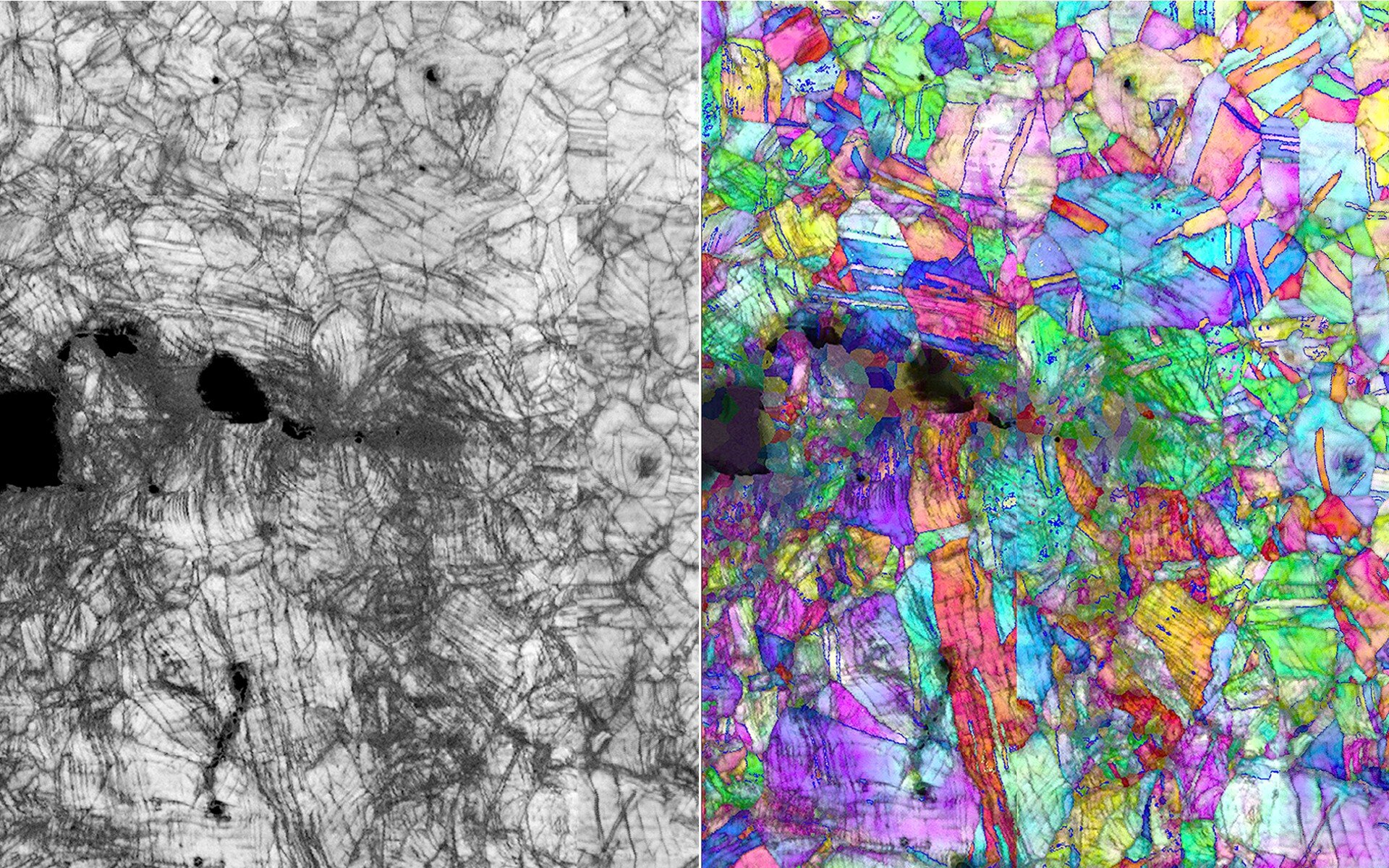Researchers at ETH Zurich have achieved a major breakthrough in diabetes treatment with the development of a revolutionary “gene switch” patch. This innovative technology offers a promising new approach to cell therapy, potentially simplifying and improving the lives of individuals with diabetes.
A Smarter Alternative to Traditional Cell Therapy
Conventional diabetes cell therapies often require complex procedures and systemic drug administration to activate therapeutic cells. In contrast, this newly developed patch provides a localized and controlled method for initiating cell therapy. It works by delivering a genetic trigger directly to implanted cells, effectively functioning as a “gene switch.”
How It Works: Precision Activation on Demand
The patch utilizes a unique mechanism that responds to external stimuli, allowing precise control over the activation of therapeutic genes. This means doctors can trigger the production of insulin or other essential therapeutic proteins on demand by applying an external signal. This targeted approach minimizes side effects while maximizing treatment effectiveness.
Transforming Diabetes Care with Personalized Medicine
The potential benefits of this technology are immense. By simplifying cell therapy, the patch could make diabetes treatment more accessible and less invasive. It also enables personalized medicine, where the release of therapeutic proteins can be tailored to individual patient needs.
A Major Step Forward in Diabetes Research
The ETH Zurich team’s achievement marks a significant step forward in diabetes treatment. This “gene switch” patch has the potential to revolutionize cell therapy, offering a more efficient, controlled, and patient-friendly approach to managing diabetes. Further research and clinical trials will be crucial to bringing this groundbreaking technology to patients worldwide.







